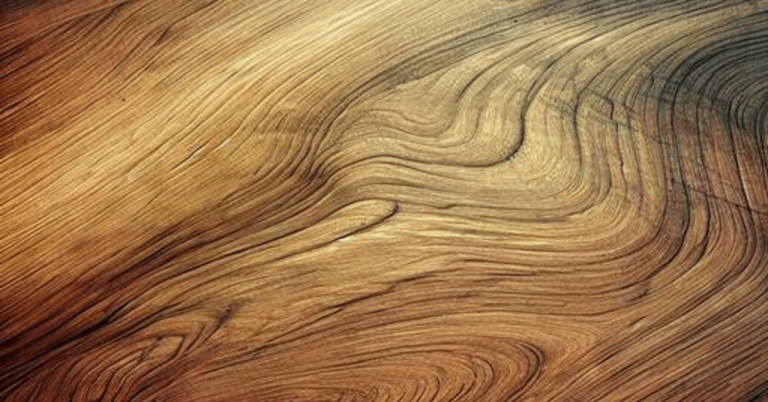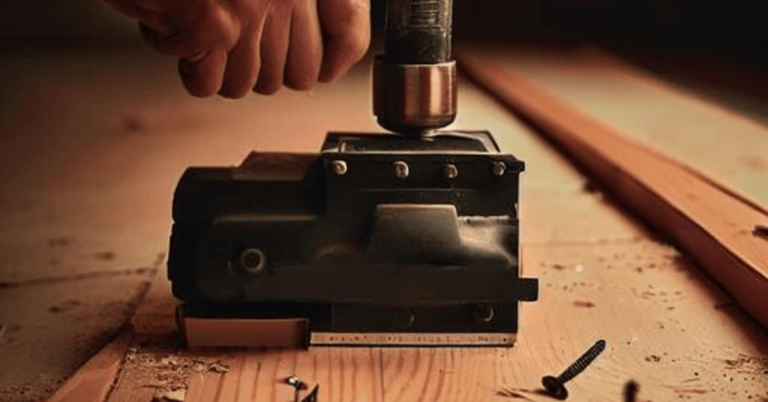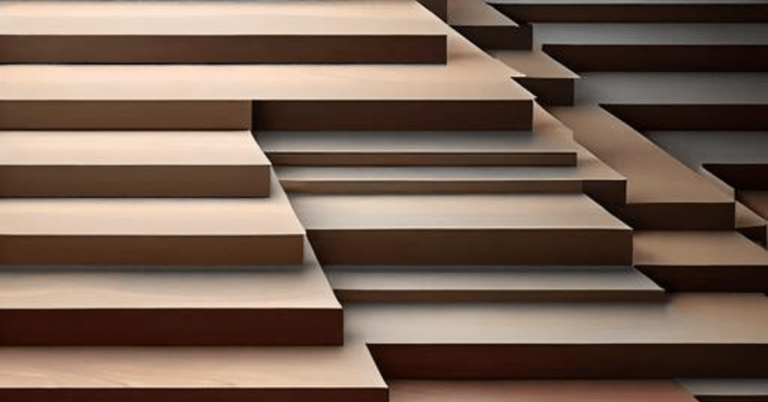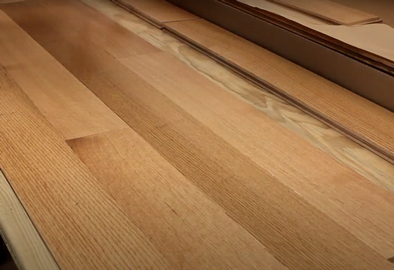How To Choose Hardwood Flooring
When it comes to choosing hardwood flooring, there are many factors to consider. As professional flooring experts, we understand the…
When it comes to choosing hardwood flooring, there are many factors to consider. As professional flooring experts, we understand the importance of selecting the right type of wood and finish for your home.
From durability and style to installation and maintenance, we have the experience and knowledge to guide you through the process.
In this article, we will walk you through the steps of choosing the perfect hardwood flooring for your lifestyle and needs. We will explore the different types of wood and finishes available, as well as the various installation methods.
We will also discuss the aesthetic qualities of hardwood flooring and how they can enhance the beauty of your home. Lastly, we will provide tips for maintaining your hardwood flooring to ensure it stays beautiful and functional for years to come.
Assessing Your Lifestyle and Needs
Now it’s time to think about how we live our lives and what we need from our floors. Before choosing hardwood flooring, we need to consider our lifestyle and determine which type of flooring will best suit our needs.
For instance, families with children and pets may need a more durable flooring that can withstand scratches and spills. Climate considerations are also important, as certain hardwoods perform better in humid environments than others.
We should also take budget constraints into account when choosing hardwood flooring. While we may be tempted to opt for the most luxurious option, it’s important to keep in mind that hardwood floors can be a big investment. We should set a budget and stick to it, while also considering the long-term cost savings of choosing a durable and low-maintenance option.
Ultimately, choosing the right hardwood flooring for our home is about finding the perfect balance between our lifestyle needs and our budget constraints. By taking these factors into consideration, we can choose a hardwood that will provide the durability, style, and functionality that we need to enjoy our home for years to come.
Exploring Different Types of Wood and Finishes
You’ll fall in love with the variety of wood types and finishes available to elevate your home’s aesthetic. When it comes to hardwood flooring, there are a multitude of options to choose from depending on your personal style and needs.
Here are a few types of wood and finishes to consider:
-
Oak: Oak is a popular choice due to its durability and affordability. It comes in a variety of finishes, including natural, stained, and hand-scraped. Stains can range from light to dark, and can even be customized to fit your exact color preference. If you’re looking for an eco-friendly option, consider choosing oak that’s certified by the Forest Stewardship Council.
-
Maple: Maple is a harder wood and therefore more resistant to scratches and wear. Its light color and smooth grain make it a great option for contemporary and minimalist interiors. Maple can be finished with clear varnish or a light stain to enhance its natural beauty.
-
Exotic woods: If you’re looking for a unique and luxurious option, consider exotic woods such as Brazilian cherry or teak. These woods offer stunning colors and grain patterns that can truly make a statement in your home. Keep in mind that exotic woods can be more expensive than domestic options and may require special care and maintenance.
Exploring different types of wood and finishes can be a fun and exciting process, but it’s important to consider your lifestyle and needs when making a final decision. Take into account factors such as foot traffic, pets, and maintenance requirements to ensure that your hardwood flooring will stand up to the test of time.
By doing your research and making an informed decision, you’ll be able to enjoy your beautiful new floors for years to come.
Understanding Installation Methods
If you’re planning on updating your home’s interior, understanding the different installation methods for your new floors can make all the difference in achieving the perfect look and feel. When it comes to hardwood flooring, there are two main installation methods: nail or glue down installation and floating floor options. Each method offers its own unique benefits and drawbacks, so it’s important to consider your specific needs and preferences before making a decision.
The following table outlines the key differences between nail or glue down installation and floating floor options:
| Installation Method | Pros | Cons |
|---|---|---|
| Nail or Glue Down | Provides a stable and secure floor | Requires a level subfloor; difficult to remove or replace planks |
| Floating Floor | Easy to install and replace planks; can be installed over existing flooring | Can produce a hollow sound; may not be as stable as nail or glue down options |
Ultimately, the installation method you choose will depend on your personal preferences and the specific needs of your home. If you’re looking for a more stable and secure floor, nail or glue down installation may be the best choice. However, if you’re looking for a more flexible and easy-to-install option, a floating floor may be a better fit.
In summary, understanding the different installation methods for hardwood flooring is essential when choosing the perfect floors for your home. By considering the pros and cons of nail or glue down installation and floating floor options, you can make an informed decision that meets your specific needs and preferences.
Considering Aesthetic Qualities
When it comes to achieving your desired interior aesthetic, it’s important to consider the visual qualities of the different installation methods for your new floors.
One of the factors to keep in mind is the color options available for the hardwood flooring. Lighter shades can make a room feel more spacious and airy, while darker hues can create a cozy and warm atmosphere. It’s also important to consider the color of your furniture and other elements in the room to ensure a cohesive look.
Another aspect to take into account is the grain pattern of the hardwood. Different species of wood have distinct grain patterns that can add character and texture to your floors. Some popular options include oak, maple, and cherry, each with their own unique look and feel. The grain pattern can also impact the overall appearance of the room, as a bold and dramatic pattern can make a statement while a more subtle one can provide a calming effect.
Finally, it’s essential to think about the overall style and theme of your home when selecting hardwood flooring. A rustic or farmhouse interior may call for distressed wood with a weathered look, while a contemporary space may benefit from a sleek and polished surface.
By considering the color options, grain patterns, and overall style, you can choose hardwood flooring that not only suits your personal taste but also complements the rest of your home’s design.
Maintaining Your Hardwood Flooring
To keep your floors looking their best, it’s important to maintain them properly with regular cleaning and upkeep. Cleaning techniques vary depending on the type of hardwood you have installed.
For example, if you have a wax-finished floor, you should avoid using water and instead opt for a specialized hardwood floor cleaner. On the other hand, if you have a polyurethane-finished floor, you can use a damp mop with a mild cleaner. Regardless of the type of floor you have, it’s important to avoid using harsh chemicals or abrasive tools that can damage the wood.
Preventative maintenance is also key to keeping your hardwood floors in top shape. This includes taking measures to protect your floors from scratches and dents. Place felt pads under furniture legs and avoid dragging heavy objects across the floor. Additionally, consider placing rugs or mats in high traffic areas to prevent wear and tear.
Keeping your floors dry is also important, as excess moisture can cause the wood to warp or buckle. Use a humidifier in the winter months to maintain proper moisture levels and wipe up spills promptly to avoid water damage.
Regular maintenance is crucial to the longevity of your hardwood flooring. Sweep or vacuum your floors weekly to remove dirt and debris that can scratch the surface. Depending on the traffic in your home, you may need to mop your floors every few weeks to remove dirt and grime buildup. Be sure to use a damp mop with a hardwood floor cleaner or a solution of vinegar and water. Avoid over-wetting the floors, as excess moisture can cause damage.
With proper maintenance, your hardwood floors will look beautiful for years to come.
Conclusion
Overall, choosing hardwood flooring requires careful consideration of various factors. These factors include lifestyle, wood type, installation method, aesthetic qualities, and maintenance.
By assessing your lifestyle and needs, you can determine which type of wood and finish will best suit your home. Exploring different installation methods can help you decide which option is the most feasible for your budget and timeline.
Additionally, considering aesthetic qualities such as color, grain pattern, and texture can help you achieve the desired look for your space. Finally, maintaining your hardwood flooring properly will ensure its longevity and beauty for years to come.
With these factors in mind, you can confidently choose the hardwood flooring that will enhance your home and meet your specific needs.





